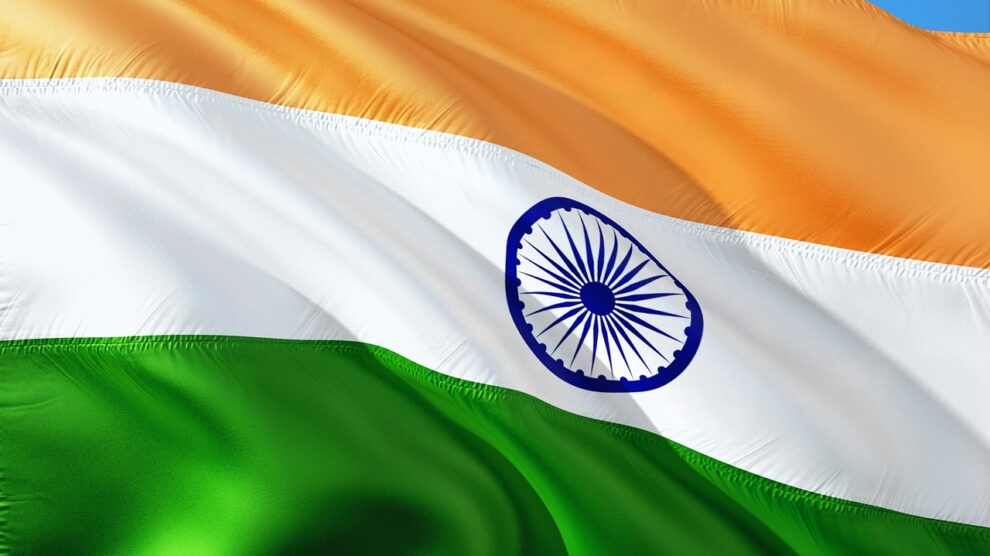While we are continually talking about integrating technology across the global supply chain, we must also acknowledge the need for sufficient infrastructure to support these advancements. Without it, technology can do little to boost efficiency across the industry.
So, how is the supply chain process of India, one of the most densely populated nations in the world? You should know India is in the top 3 in contributing to the world GDP as per PPP. It had a PPP GDP of $8.7 trillion. Let’s have a look at the physical aspect of India’s Supply Chain management.
Regional and Inter-state Connection
It is only plausible for a big and diverse democratic country like India, to have multiple autonomous states. Since each state or region has a separate state government, you can reasonably expect the transportation to be slow and have multiple hindrances due to checkpoints.
Until a few years ago, that was true. However, the challenge of checkpoints has been cut by introducing new tax reforms by the central government, bringing all transport taxes and permits under the same law for every state. India has also formed a special company, Delhi Mumbai Industrial Corridor Development Corporation (DMCIDC), to develop national industrial corridors and aid in the manufacturers’ overall supply chain.
So far there have been five industrial corridors, eight investment regions, two airports for industries, and three multi-modal logistics hub with two more on the way. This has taken investments of roughly US $3.8 billion all up! These key hubs will allow small to medium manufacturers with end-to-end supply chain services through processing and last-mile delivery facilities operate more efficiently across India.
Warehouses
India allows 100% FDI to develop and maintain warehousing and storage facilities through its free trade warehousing zone (FTWZ) scheme. With these, many foreign companies have been allowed to build state of the art warehouses in crucial locations like Panvel, Khurja, Siri city, etc. These warehouses feature the latest technology like automation, logistics software, warehouse management software, and analytics.
Worldwide Connectivity
Having large waterbodies and an ocean surrounding, India can use the power of water navigation to keep it connected to the world. The country currently trades 95% through the ports and aims to do all the 100 by 2025. India has progressed with its recent “Sagarmala” project which aims to build five more ports throughout the country and allows for faster dispatching of products on international routes. With the previous twelve and new five ports, India predicts to have a full powerhouse for international trade.
Last-Mile Delivery
India lags in the last mile delivery to a great extent. Given its size and population, the internal infrastructure like highways and rails haven’t been built to support the last mile. Most railway lines are centuries old and are not fit to carry large cargo. The Indian Government has lately taken initiatives to improve its national highways and develop solid freight corridors. Upon completion of these initiatives, the rail lines and highways will have ample capacity to serve last-mile deliveries on time.
Conclusion
India has been long dependent on the traditional supply chain, which was subject to delays and mismanagement. The government has taken vital initiatives to revamp the whole structure, starting with revolutionary tax reforms. If it can keep up with its promises, India might soon go head to head with China and the US.





